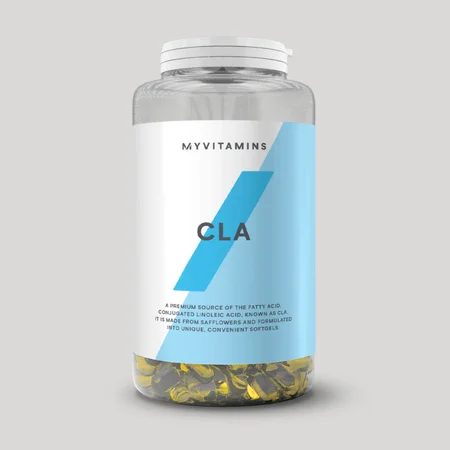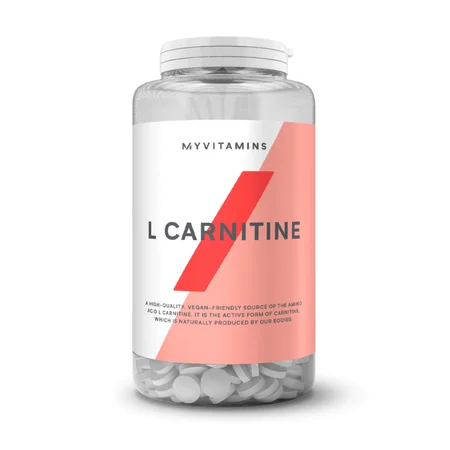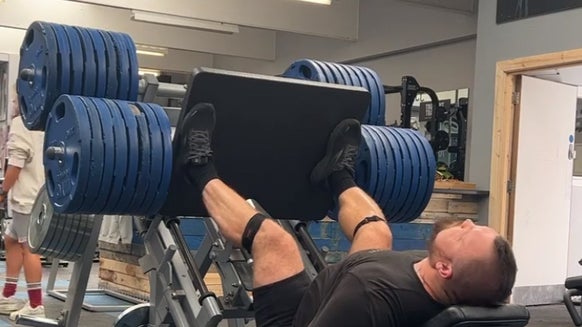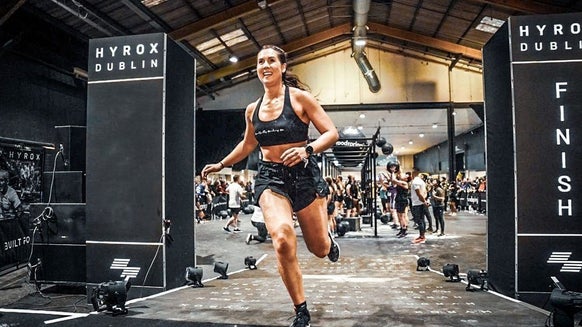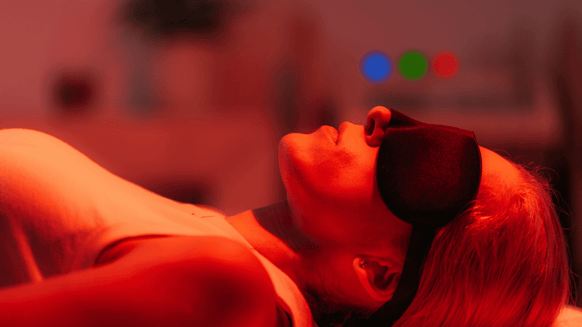
HIIT - that's high-intensity interval training - has been the core subject of many training inquiries as of late. “When should I do HIIT? Is it better to get my cardio in before or after my weights session?” The answer comes down to a little bit of science and a lot of common sense. Many say that it’s better to perform your cardio beforehand, as it gets your heart rate up and can serve as a warm-up for your body.
Performing some cardio right before you weight train can be a nice warm up, but you can also target your warmup. For example, if you’re working chest, try warming up on a rower. Simply row 1,000 meters to get your shoulders, back, arms, and chest muscles warmed up and ready to go.
Glycogen Use
So, here’s the deal: both cardio and weight training burn fat and glycogen. What’s this glycogen I speak of? Glycogen is a polysaccharide that serves as the main storage form of glucose; aka, energy storage. When you work out with weights, your muscles are using the glycogen stores in your body as energy in order to lift and push harder, resulting in glycogen depletion.
Depending on your goals, training will always differ for each individual person. Say your goal is to build mass and muscle (and no, that doesn’t mean you HAVE to be bulking): this means you want the greatest part of your energy to be used in weight sessions.
HIIT Before Or After Strength?
Now, here’s where common sense comes in. If your training revolves mainly around building muscle, why would you perform cardio FIRST?! That just means you’re using up all of those helpful little glycogen stores on cardio - not weights! This results in the majority of your energy (if not all) being exerted throughout the cardio part of your workout, leaving you fatigued when it comes time to perform those weighted reps.
Ultimately, this means you are going to lift significantly weaker. If you keep that type of training up, your muscular goals will be harder to achieve - especially since building muscle and burning fat goes hand in hand, you want your weight training to come first. So, let’s get down to what you should really be doing.
This we know: weights first, cardio second (though there is an exception, which we’ll get to). In order to burn fat at both an efficient and an increased rate, do your cardio routine post-weights. Going back to glycogen, when you train with weights first, you use those glycogen stores as energy, leaving them depleted.
What this now means for your body is that once you finish with the weights and begin your cardio, there are no more full glycogen stores - so all that your body has left are fat stores to burn up in order to use energy. Here’s the breakdown: performing your weight training session first uses up glycogen stores, resulting in fat stores being used to power through cardio after your weighted workout. What this means is you are burning body fat. That’s quite simple, isn’t it? Now, let’s get to that exception I mentioned.
The Exception to the Rule
This is as straightforward as it gets - if you are going to do cardio before weight training, do it at least a couple of hours beforehand. For example, get your HIIT done sometime in the morning or early afternoon, and then hit the weights that evening. That way, you’re giving your body sufficient time in between workouts to recover. This gives you the opportunity to eat and refuel your body, remembering to drink plenty of water and get your protein intake in between workouts, as well.
Another critical part of training most people forget about when they’re feeling great from hitting the weights and sweating it out is that they forget to stretch. Yes, your body does indeed recover better when you take those few precious moments after training to cool down while your muscles are all still warm. That is actually the best time for post-workout stretching. So remember, hit the weights first, cardio second, stretching third, and you’ll be on your way to burning fat and defining those muscles.

